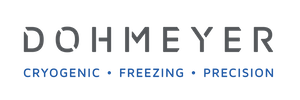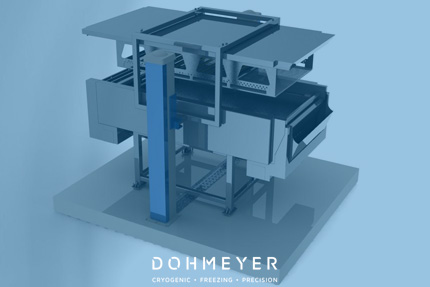Recycling of Solid Waste
Recyling solid waste using ultra low temperatures.
For long time storage, you must keep enzymes in sterilized conditions at cryogenic temperatures, in freezers or immersed in liquid nitrogen. To avoid protein denaturation, it is critical that samples are frozen in a controlled and rapid manner.
Dohmeyer is a valued partner of universities, and medical and research institutes for development, design and manufacture of controlled rate freezers.
CRYOGENIC EMBRITTLEMENT
Products and materials can be embrittled by exposing them to cryogenic temperatures. Subsequent application of mechanical force in cryogenic mills and grinders easily breaks them up into smaller pieces. This process is mostly used to separate materials for later recycling. Often, complex substrates can be separated into their constituting components.
Some examples : cryogenic recycling of rubber, steel cord and fabrics from waste tyres, cryogenic recovering of copper and PVC from electrical cables, recovering metals from contaminated tins and spray cans.
CYRO GRINDING
By applying cryogenic grinding, very fine powders can be produced, which can be recycled into new materials and products.
CRYOGENIC STRESS
By exposing complex materials to cryogenic temperatures, the difference in thermal shrinkage of different materials will induce mechanical stress and cause them to crack. By subjecting them to some form of mechanical treatment, you can separate the materials. Some examples: paint removal on metal supports, cleaning of surfaces by blasting of CO2 dry ice pellets, separating PVC from PET bottles.
IMMERSION BATH
Immersion bath freezers consist of a liquid nitrogen (LIN) bath, in which you can rapidly freeze products to very low temperatures by direct immersion in the cryogenic liquid at atmospheric pressure.



